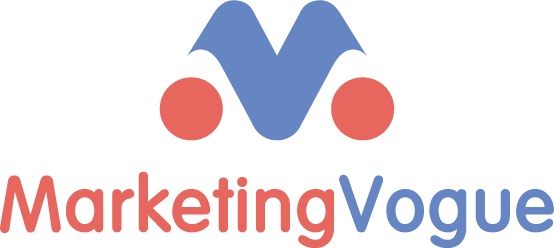Creating High-Quality Content for Your Lead Gen Campaign: A Practical Guide
In today’s competitive market, content plays a crucial role in how buyers engage with vendors. According to MarketingVogue, 92% of buyers say they are more likely to engage with a vendor that has helped educate them on relevant topics or technologies. And that education hinges on providing high-quality content tailored to your audience’s needs.
So, what exactly makes content “high-quality”? While there’s no one-size-fits-all answer, an effective lead gen strategy involves crafting content that appeals to different buyer preferences across format, length, and stage of the buying journey. It’s about aligning your content mix with the challenges and goals of your target audience, and staying relevant to their needs at key moments in the research process.
Buyers today spend a significant amount of time consuming content before ever reaching out to sales teams. This means that your content must not only capture attention but also keep your brand top of mind as prospects move through their journey. To help you create a content strategy that supports your lead gen goals, we’ve put together a simple, actionable checklist based on years of content marketing expertise.
High-Quality Content Checklist for Lead Gen Campaigns
1. How much content do you need?
Buyers today engage with an average of 12 pieces of content before making a purchase decision. This means your lead gen campaign should include at least 12 pieces of content to guide prospects through their research journey.
2. What content types should you include?
There’s no single content format that will engage every buyer. In fact, most buyers consume at least four different types of content during their research, such as white papers, case studies, webinars, blog posts, product spec sheets, and more. Aim for a mix of longer-form, in-depth content and shorter, snackable content. Also, balance static formats like PDFs with more interactive or visual formats like videos and webinars.
3. Is your content aligned with different buying stages?
Your content should cater to all stages of the buyer’s journey. While awareness-stage content (focused on industry trends and pain points) tends to generate more leads, don’t neglect content for the consideration and decision stages. These pieces help push leads further down the funnel toward a sales conversation.
4. How much of your content is evergreen?
Evergreen content remains relevant over time and doesn’t rely heavily on current data or trends. While this type of content has a longer shelf life, it’s still important to mix in timely content that addresses current market changes or challenges. Regularly audit your content to ensure it stays up to date and resonates with your audience.
5. Are you addressing multiple buyer personas?
Buying decisions often involve multiple people across various departments, so your content should cater to a range of personas. This includes addressing different pain points, goals, and interests, from senior executives to technical users, and from finance teams to marketing managers.
6. How do you measure content relevance?
To ensure your content resonates, stay tuned to market trends and shifts that may affect your audience. Follow relevant news, keep an eye on competitors, and track what topics are trending within your industry. This “always on” approach helps you create content that aligns with buyer needs and expectations.
The Bottom Line: Crafting a Winning Lead Gen Strategy
Creating an effective lead generation strategy is a challenging but essential task for marketers. By selecting the right mix of high-quality content, you’ll increase your chances of staying top-of-mind with prospects and moving them closer to a purchase decision. Focus on variety, relevance, and timeliness to ensure your content hits the mark with your audience. With these six checklist items in mind, you’re well on your way to building a strong lead gen campaign that resonates with your target market.
As you continue refining your content strategy, remember that creating valuable, educational content is the key to keeping your prospects engaged and ultimately securing a spot on their shortlist.


